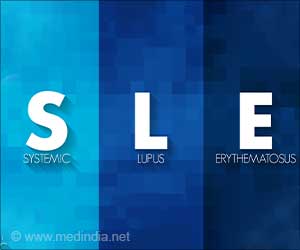Using an new surgical technique that transplants a tissue flap from the patient's knee, regrowth of parts of the skull could be enhanced.

TOP INSIGHT
The special thing about Brodie's implant is that it is completely absorbable, so it will disappear as the new bone forms within and around it.
Case Study: Mr. Brodie Ellis' Motorcycle Accident
In December 2018, Mr. Brodie Ellis, a 26-year-old Australian man, had suffered a Stage 4 brain injury and a severely broken leg from a motorcycle accident in Vietnam. On top of having to amputate his left leg, the accident had also left him having to remove and replace certain parts of his skull with plastic implants.
Unfortunately, according to Dr. Wagels, "one of the [plastic] implants [had become] exposed and developed an infection. Because the implant had no blood supply, the infection just kept getting worse and worse, so it had to be removed. This left Brodie with headaches and a contour deformity of the skull."
To treat these problems, Dr. Wagels decided to recommend Ellis a cranioplasty procedure that would use Osteopore's 3D printed implant to replace the section of missing skull.
3D render of Osteopore’s customised implant fitting into a skull defect 3D render of Osteopore’s customised implant fitting into a skull defect
As expected, just weeks after the cranioplasty surgery, computed tomography (CT) scans of Ellis' skull showed that Osteopore's 3D printed regenerative PCL bone implant had successfully enabled new bone to form within the scaffold, with little complications post-surgery.
"The latest CT scan taken 8 weeks after the operation shows bone forming both on the outside and inside of the implant, indicating the body has recognised the implant as broken bone that needs to be healed," Dr. Wagels said. "The special thing about Brodie's implant is that it is completely absorbable, so it will disappear as the new bone forms within and around it."
In less than a month since the cranioplasty, Ellis was discharged from Princess Alexandra Hospital, and has been able to function independently at home while regaining his strength at the gym.
Source-Medindia
 MEDINDIA
MEDINDIA




 Email
Email





